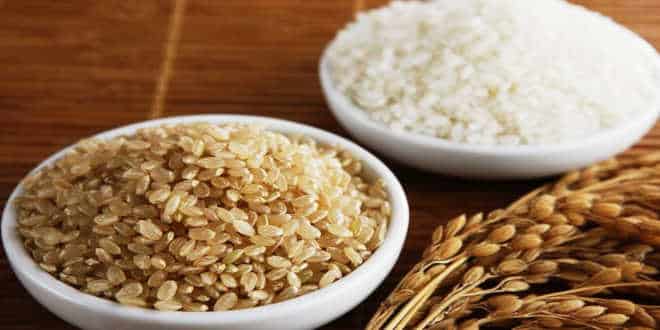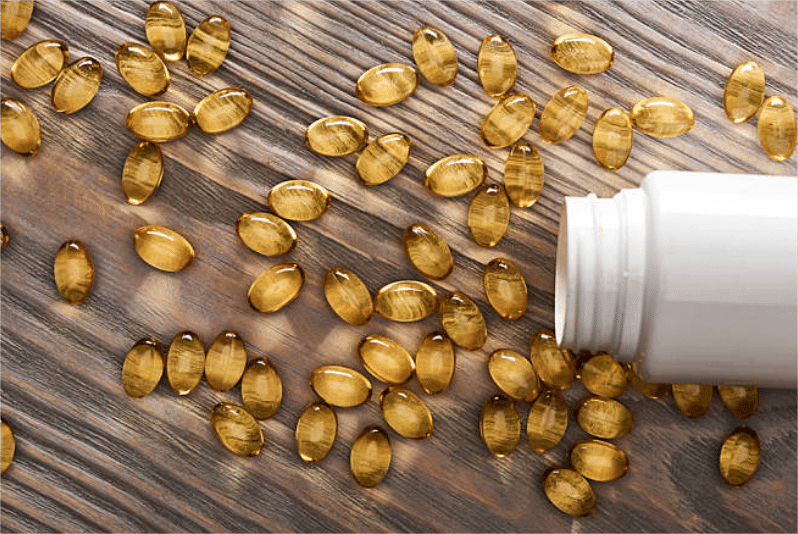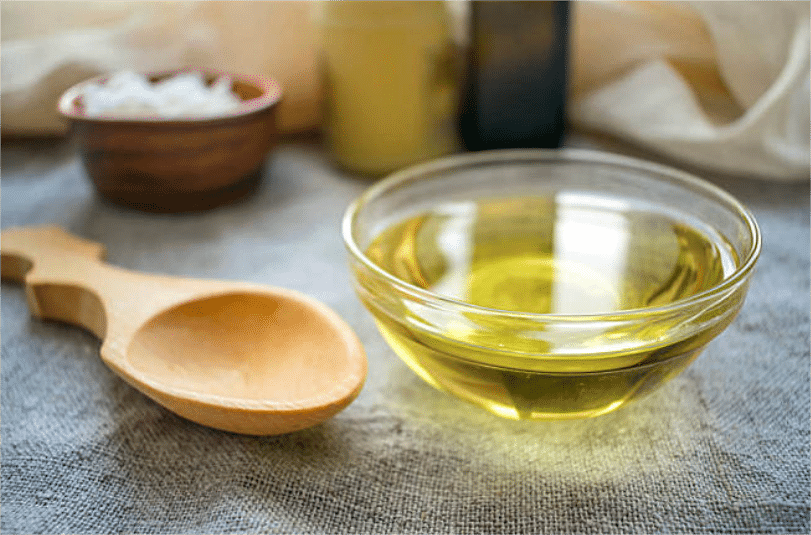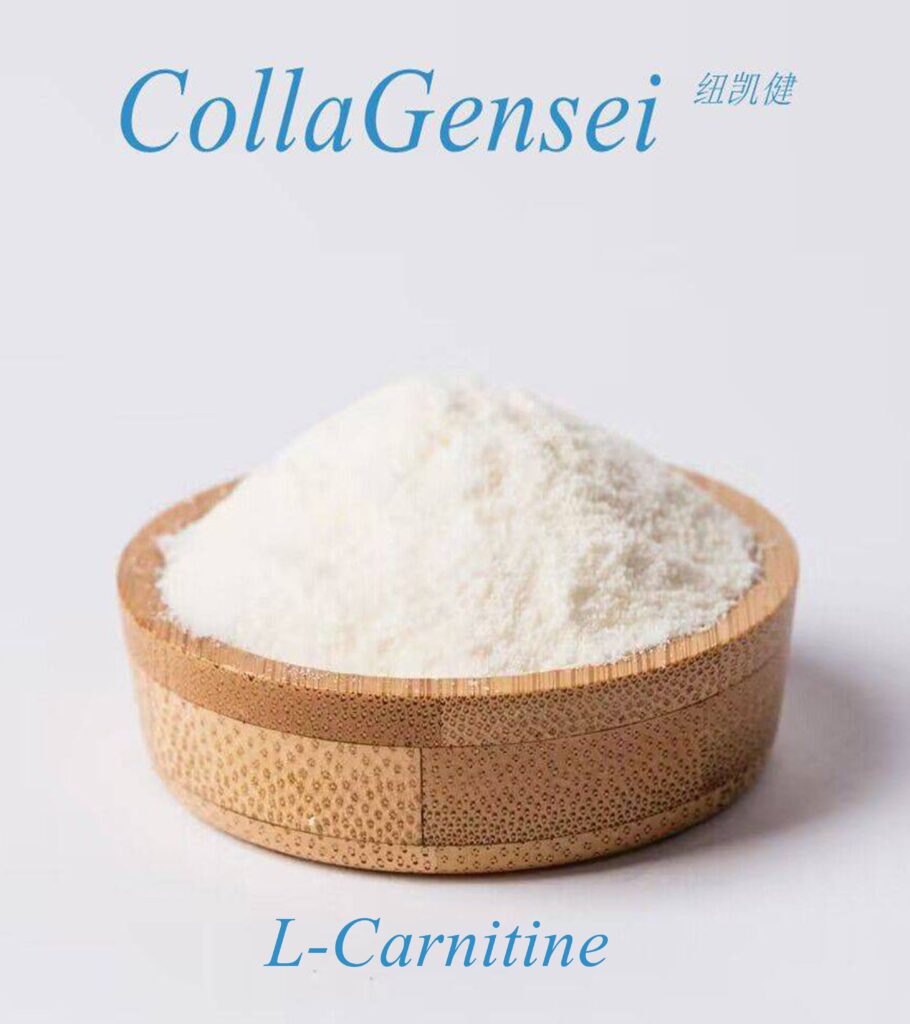In the world of health and beauty, different ingredients bring unique benefits depending on their source and function. Two popular but very different substances are hyaluronate (also known as hyaluronic acid) and rice protein. While one is well-known in the skincare and joint health industries, the other has gained traction in the nutrition and fitness space. This article will explore the differences and similarities between hyaluronate and rice protein, including their origins, benefits, uses, and why you might consider incorporating either or both into your health routine.
What is Hyaluronate?
Hyaluronate is a naturally occurring glycosaminoglycan that exists throughout the body, primarily in the skin, connective tissues, and synovial fluid (the fluid in joints). Its most notable feature is its ability to retain water—up to 1,000 times its weight—making it a key ingredient for maintaining moisture in the skin and lubricating the joints.
Benefits of Hyaluronate:
- Skin Hydration: Hyaluronate’s ability to draw and retain moisture is unparalleled. This makes it a popular choice for skincare products designed to hydrate the skin, plump up fine lines, and make skin appear more youthful and supple.
- Joint Lubrication: In joints, hyaluronate helps to keep them lubricated, reducing friction and wear. This is especially important for those suffering from joint issues like osteoarthritis.
- Wound Healing: Research shows that hyaluronate can support wound healing by promoting tissue regeneration and reducing inflammation. Its moisturizing properties also create an environment that aids in the healing process.
- Anti-Aging: Hyaluronate is often found in anti-aging formulations because its hydrating effects improve skin elasticity and reduce the appearance of fine lines and wrinkles.
Sources of Hyaluronate:
– Naturally found in the human body.
– Commercially sourced from animal tissues like rooster combs or produced via bacterial fermentation for use in cosmetics and supplements.
What is Rice Protein?
Rice protein is a plant-based protein derived from brown rice. It has become increasingly popular, especially among vegetarians, vegans, and those seeking allergen-free protein sources. Rice protein is a complete protein, containing all nine essential amino acids, though it is somewhat lower in lysine compared to animal proteins. It is also hypoallergenic, making it suitable for individuals with dairy or soy sensitivities.
Benefits of Rice Protein:
- Muscle Growth and Repair: Rice protein is a great source of amino acids, which are essential for building and repairing muscle tissue. It’s especially popular in plant-based protein powders for athletes and fitness enthusiasts.
- Digestive Health: Because rice protein is hypoallergenic, it’s easier on the stomach and less likely to cause digestive upset compared to some animal proteins like whey.
- Weight Management: Rice protein helps promote satiety, making it a good option for those looking to manage or lose weight. It helps to reduce hunger while providing essential nutrients.
- Heart Health: Some studies suggest that plant-based proteins, like rice protein, can help lower cholesterol levels, improve blood pressure, and support heart health in the long term.
Sources of Rice Protein:
– Extracted from brown rice grains through enzymatic or chemical processes.
– Typically available in powder form, often found in protein supplements, smoothies, and health food products.
Key Differences Between Hyaluronate and Rice Protein
- Chemical Composition:
– Hyaluronate: A glycosaminoglycan that primarily functions to retain moisture in tissues and joints.
– Rice Protein: A plant-based protein composed of amino acids essential for muscle growth and overall health.
- Primary Functions:
– Hyaluronate: Focuses on hydration and lubrication, which makes it crucial for maintaining skin health and joint function.
– Rice Protein: Concentrates on providing a plant-based protein source for muscle repair, growth, and overall nutrition.
- Usage in Products:
– Hyaluronate: Commonly found in skincare products, joint supplements, and medical treatments designed for hydration, anti-aging, and joint pain relief.
– Rice Protein: Found primarily in protein powders, shakes, and health supplements, often targeted at individuals needing a plant-based or hypoallergenic protein option.
- Biological Role:
– Hyaluronate: Plays a key role in maintaining skin moisture, joint lubrication, and wound healing, all related to hydration and structural integrity.
– Rice Protein: Provides essential amino acids necessary for muscle repair, tissue regeneration, and maintaining overall body function.
Which is Better for Skin, Joint, or Overall Health?
The choice between hyaluronate and rice protein depends on individual health goals and needs:
– For Skin Health: Hyaluronate is far superior in maintaining skin hydration. If you’re looking to improve skin moisture, elasticity, and reduce signs of aging, hyaluronate should be part of your skincare routine. Rice protein doesn’t offer direct benefits to the skin in this way, though it may contribute to overall health.
– For Joint Health: Hyaluronate is the go-to option for improving joint lubrication and reducing stiffness, particularly in conditions like osteoarthritis. Rice protein, on the other hand, has no direct benefits for joint health but may support general well-being and muscle strength around the joints.
– For Muscle Growth and Nutrition: Rice protein is the better choice if your goal is to increase muscle mass, recover from workouts, or get a high-quality, plant-based protein source. It’s easily digestible, hypoallergenic, and a good alternative to animal-based proteins like whey. Hyaluronate won’t provide any direct benefits for muscle growth.
Scientific Research
Various studies have explored the benefits of both hyaluronate and rice protein:
– Hyaluronate: Studies have shown that hyaluronic acid improves skin moisture and elasticity. In the joint health space, research shows that injections of hyaluronic acid can help relieve symptoms of osteoarthritis by improving joint lubrication.
– Rice Protein: Research shows that rice protein is comparable to whey protein in terms of promoting muscle growth and recovery. A study published in the Nutrition Journal found that rice protein supplementation following resistance training led to significant improvements in body composition, muscle mass, and strength, comparable to whey protein.
Conclusion
Hyaluronate and rice protein each offer distinct benefits depending on your health goals.
– Hyaluronate is a powerhouse for hydration and moisture retention, especially when it comes to skin and joint health. If your primary concern is aging skin, dry skin, or joint lubrication, hyaluronate is the clear winner. It also plays a role in wound healing and can improve the overall appearance and feel of your skin.
– Rice Protein is ideal for those looking to improve their dietary intake of protein, especially if they are vegan, vegetarian, or allergic to dairy or soy. It supports muscle growth, repair, and recovery, making it a great option for fitness enthusiasts or anyone needing to up their protein intake.
In short, if you’re focused on skincare and joint support, hyaluronate is the better choice. If your goal is to build muscle, improve digestion, or manage weight, rice protein will serve you better. Both substances can be beneficial when used together as part of a balanced approach to health and wellness, with hyaluronate helping on the outside and rice protein working from within.




